Amazing places to visit when teaching English in Russia
There are more amazing places to visit when teaching English in Russia than you can shake a bottle of vodka at! Yep, from the ice-caked shores of Siberia’s colossal lakes to the domed tops of grand cathedrals in Moscow, this vast nation is laden with attractions and sights that will take the breath away. Use this guide to spice up your TEFL adventure, Russian style…
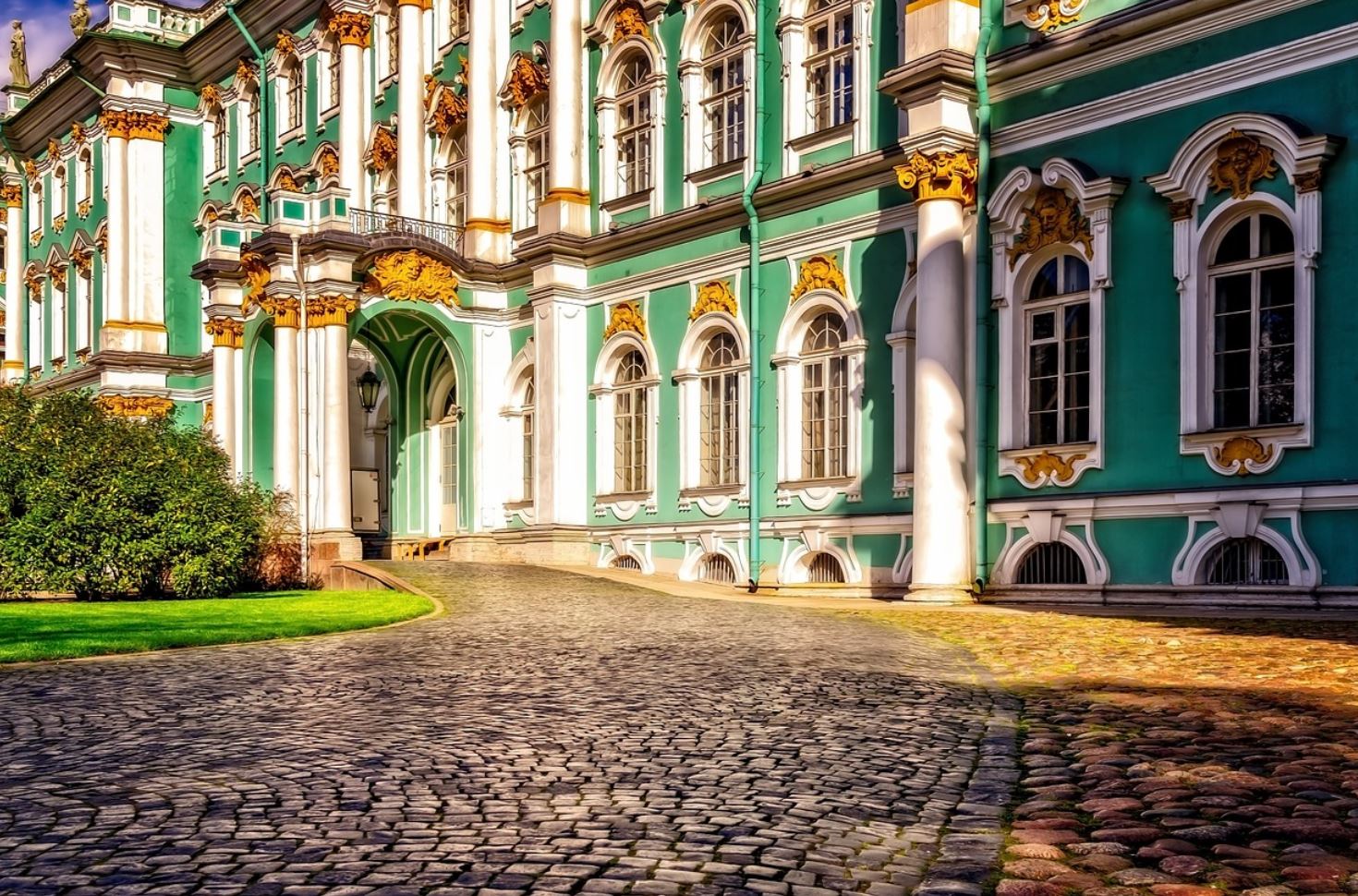
State Hermitage Museum
The State Hermitage Museum is unquestionably up there with the most prestigious and acclaimed of all Russian institutions. Housed in the elegant wings of the grand Winter Palace (the onetime home of the tsars and emperors), it’s an eye-catcher even from the outside. Then you delve within. That’s where the eye-watering arrays of Egyptian trinkets, Dutch Golden Age paintings, and German Romantic canvasses unfold. Highlights include the Madonna Litta (attributed to da Vinci, no less!) and the haunting works of Rembrandt van Rijn.
Yasnaya Polyana
Anyone teaching English in Russia with an interest in the rich literary heritage of the nation should be sure to add Yasnaya Polyana to their list of places to see. The former estate of revered writer Leo Tolstoy, it can be found spreading through the beech woods and rolling hills of Tula. There, some 125 miles from the hustle and bustle of Moscow, you’ll be able to escape into a world of bucolic farms and hunting grounds. It’s the perfect spot to learn all about Tolstoy’s pacifist nature, his Christian Anarchist philosophies, and enthralling works of timeless prose.
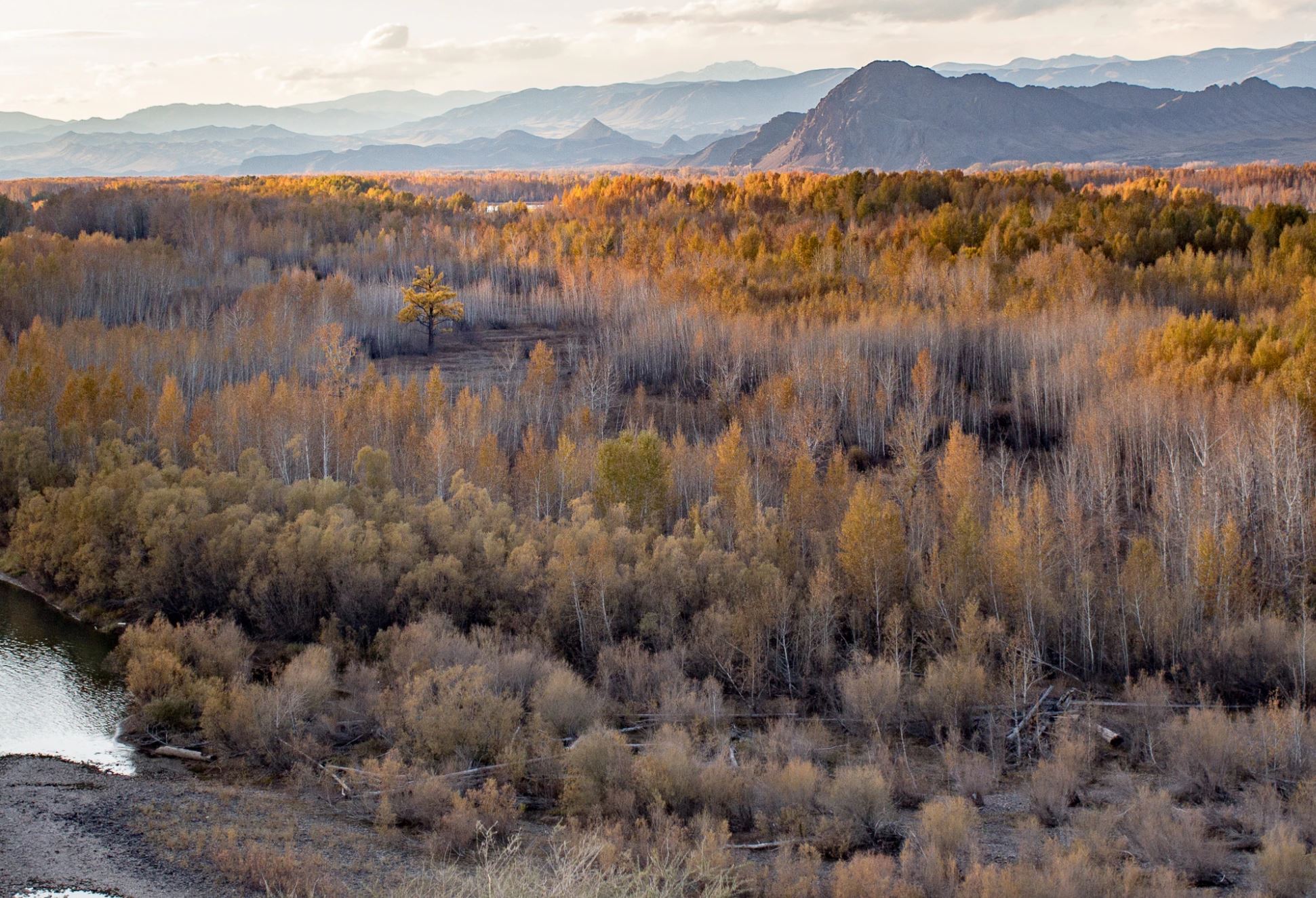
Siberia
Teaching English in Russia isn’t just about hitting the cities. Nope: This vast, endless country is the largest on the globe. That means wildernesses are never too far away. And of all those wildernesses, it’s surely Siberia that tops the bill! A land of real superlatives, it covers 13 million square kilometers from the Urals to the edge of East Asia. Along the way, it encompasses undulating steppes inhabited by nomads, snow-caked tundra, and the deepest lake on the planet. The famous Trans-Siberian train might just be the best way to digest it all in bite-sized chunks!
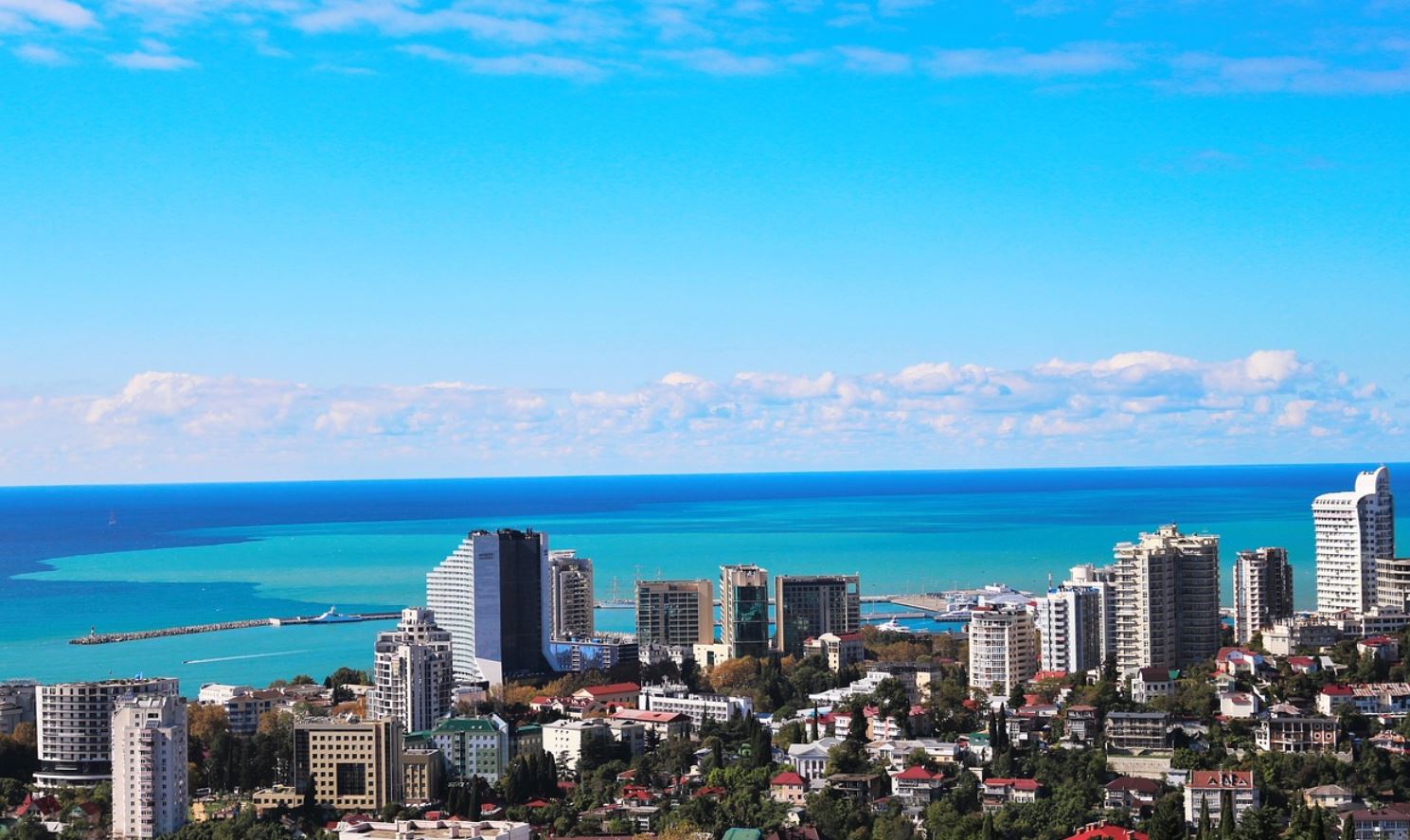
Sochi
Snow-doused and sun-kissed, Sochi has long been a favorite getaway for monied Russians. Sleek chalets clutch the base of the ski runs that once hosted the 2014 Winter Olympics in the wooded Caucasus Mountains around the town. Meanwhile, priceless yachts cluster by glitzy marinas and bustling riviera beaches on the side of the Black Sea. The town itself is laced with a handsome dash of Neo-Classical palaces and dachas, all left over from previous golden ages.
Golden Ring of Russia
There’s simply no end to the delights of the so-called Golden Ring. Peppering the lands around the buzzing capital of Moscow, this collection of enthralling cities is a joy to travel. You might want to start at mystical Sergiyev Posad, where the sparkling onion domes of the Trinity Lavra represent one of the most prestigious places in Russian Orthodoxy. Then, move to UNESCO-tagged Yaroslavl, for its 1,000 years of history, or hit Kostroma, where the roots of the Romanov dynasty can be unearthed amid the historic churches and spires.
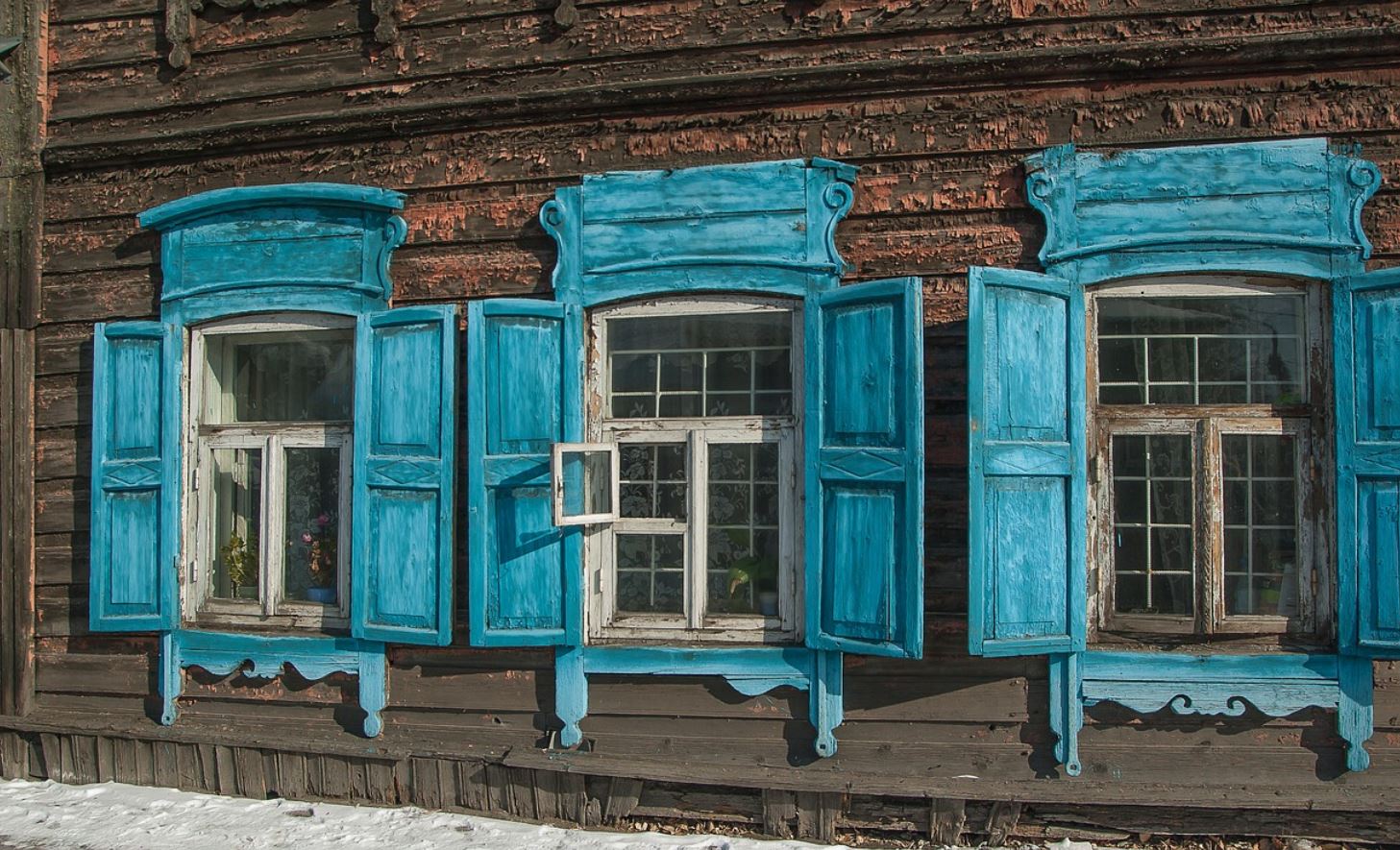
Irkutsk
Teaching English in Russia offers a chance to venture out to some seriously remote cities and towns. Cue Irkutsk – the unofficial capital of Eastern Siberia. Once the destination of ill-fated exiles in the post-revolution era of the 1800s, the town has grown into a unique little escape. Its streets are gilded with carved timber cottages with lovely latticework and painted murals. There are stunning examples of the Siberian Baroque school of architecture, and Lake Baikal is only a short transfer away, for when you want to escape to the wolf-stalked woods and steppe.
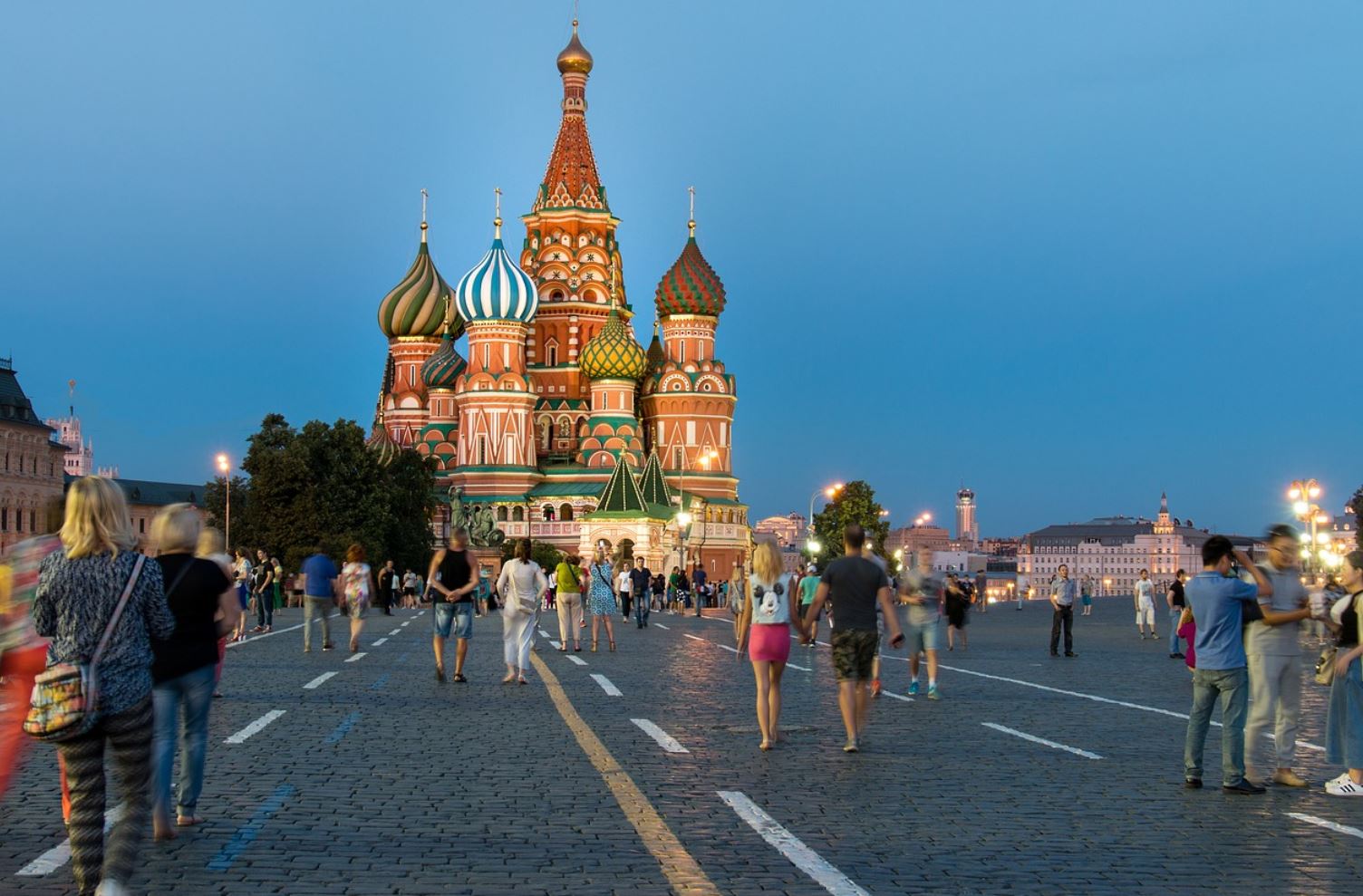
Red Square
No one teaching English in Russia could possibly skip this iconic, legendary site. Hemmed in by the great Brutalist blocks and skyward spires of Moscow, it’s a vision of the country’s political might and cultural grandeur that needs to be seen to be believed. On one side, you glimpse the rising domes of St Basil’s Cathedral, twisted and twirled with colorful flutes and filigrees. On the other is the formidable Kremlin, where the corridors of power for modern Russia lurk behind the bulwarks.
This is just a taster of the wealth of places you should be certain to explore when teaching English in Russia! If you’d like to add any more, be sure to drop your suggestions in the comments. Or, if you’re ready to get that TEFL qualification and start applying for jobs in Russia, head over to our courses page for more information.
